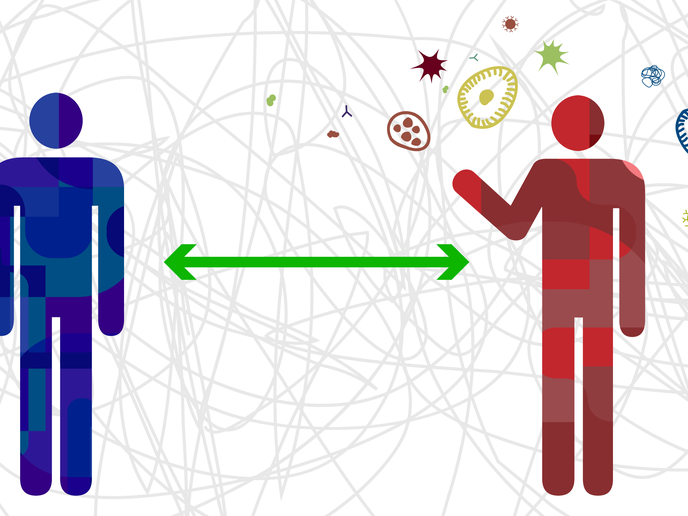Trending Science: What is social distancing, and how can it slow down the spread of coronavirus?
With Europe now the epicentre of the coronavirus pandemic according to the World Health Organization (WHO)(opens in new window), more and more countries are restricting the movement of citizens to avert explosions in cases that will overwhelm healthcare systems. They are urging citizens to practice social distancing – staying away from crowds and other people’s personal space. As social distancing becomes the new norm, it is considered one of the WHO’s basic protective measures(opens in new window). The WHO recommends maintaining a distance of over 1 metre from someone who is coughing or sneezing.
Public health preparedness planning and response above all
“The experience of China, the Republic of Korea, Singapore and others clearly demonstrates that aggressive testing and contact tracing, combined with social distancing measures and community mobilization, can prevent infections and save lives,” WHO Director-General Dr Tedros Adhanom Ghebreyesus said during the media briefing(opens in new window). The European Centre for Disease Prevention and Control, an EU agency that boosts Europe’s defences against infectious diseases, has released a guide(opens in new window) that outlines several aspects in implementing social distancing measures.
Minimise in-person contact, help protect society
A research paper recently published in ‘SSRN’(opens in new window) by Australian academics emphasises the procedures that should be applied in all countries as soon as possible. These guidelines stress common sense and present practical steps to keep workplaces, schools and homes safe. “Most countries only attempt social distancing and hygiene interventions when widespread transmission is apparent,” they wrote. “This gives the virus many weeks to spread with a higher basic reproduction number (R0) than if they were in place before transmission was detected or widespread. Pre-emptive, low cost, hygiene enhancement and social distancing in the context of imminent community transmission of novel coronavirus [that causes] COVID-19 [disease] should be considered.” The authors stress that early intervention is key: “Early interventions to reduce the average frequency and intensity of exposure to the virus might reduce infection risk, reduce the average viral infectious dose of those exposed, and result in less severe cases who are less infectious. A pre-emptive phase would also assist government, workplaces, schools, and businesses to prepare for a more stringent phase. Countries, and subregions of countries, without recognised COVID-19 transmission should assume it is present and consider implementation of low cost enhanced hygiene and social distancing measures.” “We’ve seen evidence of the efficacy of social distancing in China, where they have cancelled public gatherings, advised self-quarantining, and closed off heavy-trafficked areas,” Dr Lipi Roy, clinical assistant professor at NYU Langone Health’s Department of Population Health in New York City, told ‘Insider’(opens in new window). “Since these measures were implemented, cases have plateaued.” Social distancing is currently the most important factor we can control in the outbreak. It’s buying time until a vaccine can be found. We’re inherently all social animals, so it’s not easy to cut off practically all social contact. However, what we can do is help to protect society. Remember, we’re all in this together, even if apart physically.
Keywords
Countries
United States



